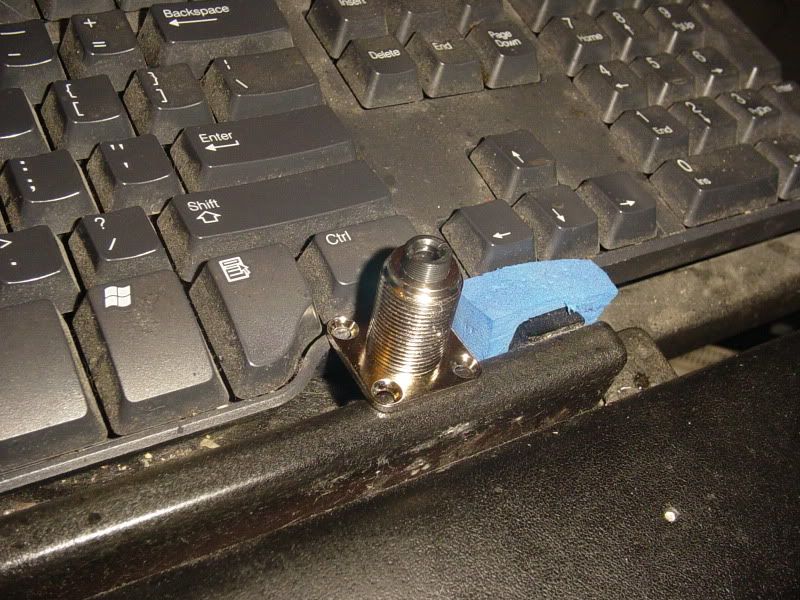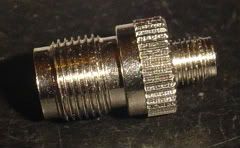Hi all,
I have a 25W IR laser, the output of which is from a fiber (around 8 inches of fiber). I'd like to collimate the output of this fiber, to achieve a reasonably small (under 2mm) parallel beam.
I've tried to do this using a single focussing lens, but to no avail - I just can't achieve a parallel beam.
Why isn't this approach working, any ideas on how to make a collimator, or sources for a commercial collimator please?
I have a 25W IR laser, the output of which is from a fiber (around 8 inches of fiber). I'd like to collimate the output of this fiber, to achieve a reasonably small (under 2mm) parallel beam.
I've tried to do this using a single focussing lens, but to no avail - I just can't achieve a parallel beam.
Why isn't this approach working, any ideas on how to make a collimator, or sources for a commercial collimator please?










